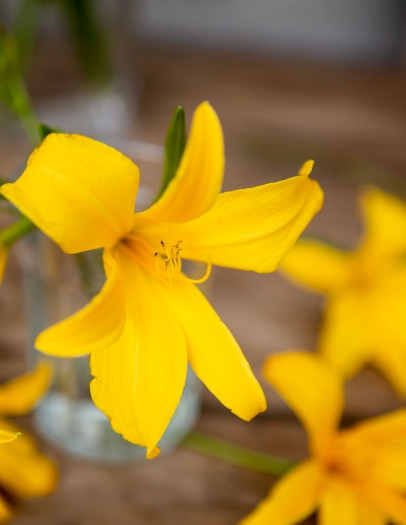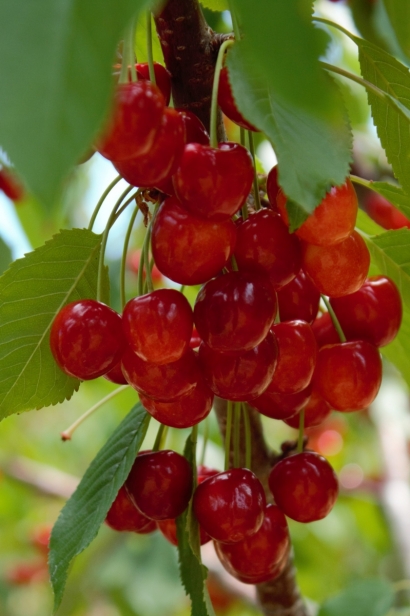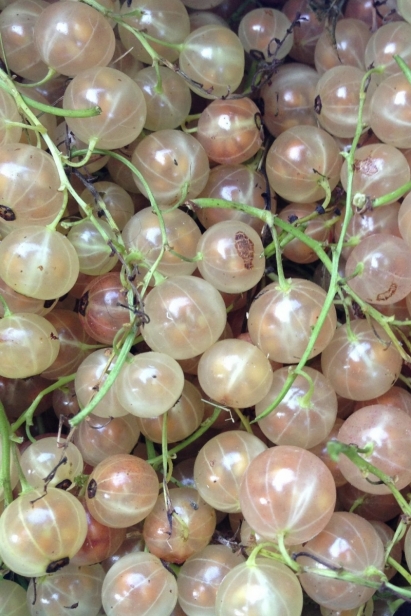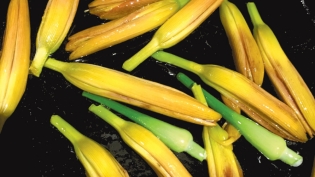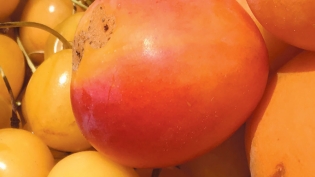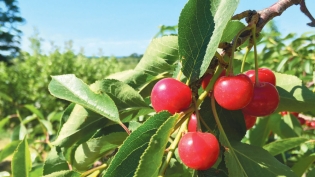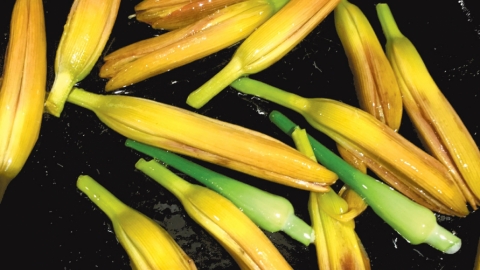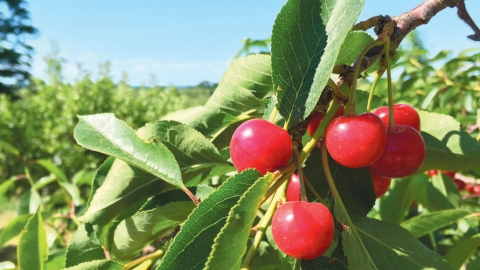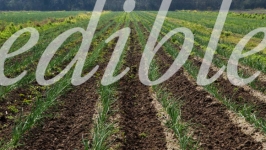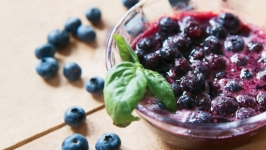What's in Season: Summer
JUNE
arugula, asparagus, cherries, dandelion greens, garlic scapes, kale, peas, rhubarb, strawberries, watercress. herbs: rosemary
JULY
blackberries, blueberries, carrots, cauliflower, cherries, collard greens, currants, garlic, gooseberries, kale, leeks, peaches, peas, peppers, plums, potatoes, purslane, raspberries, rhubarb, scallions, strawberries, swiss chard, tomatoes. herbs: basil, lavender
AUGUST
apples, apricots, blackberries, blueberries, carrots, cauliflower, celery, collard greens, corn, eggplant, fennel, garlic, grapes, leeks, peaches, pears, peppers, plums, potatoes, raspberries, shallots, shell beans, swiss chard, tomatillos, tomatoes, turnips. herbs: epazote
ALL SEASON
beans, beets, beet greens, broccoli, cabbage, cucumber, lettuce, mustard greens, onions, radishes, spinach, summer squash, turnip greens, winter squash, zucchini. herbs: chives, cilantro, lovage, oregano, parsley, sage, savory, tarragon, thyme
EDIBLE FLOWERS
alliums, bachelor buttons, black locust, borage, calendula (marigolds), carnations, dandelions, daylilies (Hemerocallis species), echinacea, gladiolus, mints, naturtiums, pansies, violets
CHERRY CHERRY; A ROMANCE WITH AN OLDER TREE
Sweet, tart, red, yellow, cultivated and wild, it's the season for cherries. Sweet cherries are a wonderful hand fruit, while tart and wild cherries are the cornerstone ingredient in many cooked recipes.
Like Neil Diamond's 1966 song "Cherry Cherry," about a romance with an older woman, we all fall in love with these mature trees each summer. Some of the more established cherry orchards in the region, like Rahal Farms in North East, PA, have cherry trees over 50 to 100 years old, still perennially producing lush fruit. "Pick-your-own" cherry farms throughout our region provide a wonderful way to spend an afternoon with family or friends and to stock up for the entire year.
This ingredient conjures images of sweet recipes like cherry pie, for which it is said one needs 250 per pie. However, cherries also serve as a wonderful savory accompaniment. Companion herbs include chives, verbena, thyme and sage. Who could deny a black pepper and cherry reduction drizzled over a pork or beef tenderloin?
For a fantastic boozy party treat, soak whole or pitted cherries in Five & 20 Rye Whiskey Batch 20 or Southern Tier Distilling Company Vodka for three months to a year. (Cherry pitters can be found in most kitchen gadget stores.)
If detox is more your thing, many people drink tart cherry juice year-round for medicinal, antioxidant purposes relating to achy joints, arthritis and even sleep issues.
WILD CHOKECHERRIES OFF THE POISONOUS TREE
While the berries are not toxic, the pits, bark and leaves of chokecherry trees are poisonous and contain hydrocyanic acid, so many people avoid them or do not let them grow near livestock or domestic animals. But like many risky wild ingredients, the flavor of the fruit is worth the effort of foraging. They grow in long tubular clusters and the berry is about half to a quarter of the size of a common Bing cherry. In July they are ripe and tart, but by August they tend to be sweeter. Simply cooking them always sweetens chokecherries further and neutralizes the toxic acid contained in the pits. Jams, syrups and wine are common uses.
STONE FRUIT
Stone fruit includes cherries, apricots, nectarines, peaches and plums. In botany, they are called drupes, typically defined as fruit flesh surrounding a hardened endocarp with a seed inside. Stone fruit grows well in many parts of the region, but, like grapes, tends to need warmer areas including the microclimates along Lake Erie and Lake Ontario. Cold winters and late frosts often kill spring flower buds, which can completely destroy a tree's yield.
THE "CURRANT" SEASON
Warm July days bring black, white, pink and vibrant red currants. Despite the cold winters, WNY and NWPA have great climates for growing Ribes, the genus including currants and gooseberries. However, until 1966, federal law prohibited cultivating the berries. Today, laws vary from state to state. In 2013 New York started to allow the cultivation of Ribes, while Pennsylvania law still restricts the practice (although it seems to be casually enforced). All of this is because white pine blister rust, a pesky fungus native to Asia, was considered a major threat to the U.S. logging industry in the early 1900s.
Today, many laws are relaxed because disease- and fungus-resistant Ribes plants are widely available.
This is all great news for WNY residents and visitors; more and more farms are growing them. Currants are unique, tasty berries included in countless century-old recipes from jams and baked goods to savory sauces. They tend to be tart with an astringent character, and thus not a good hand fruit.


